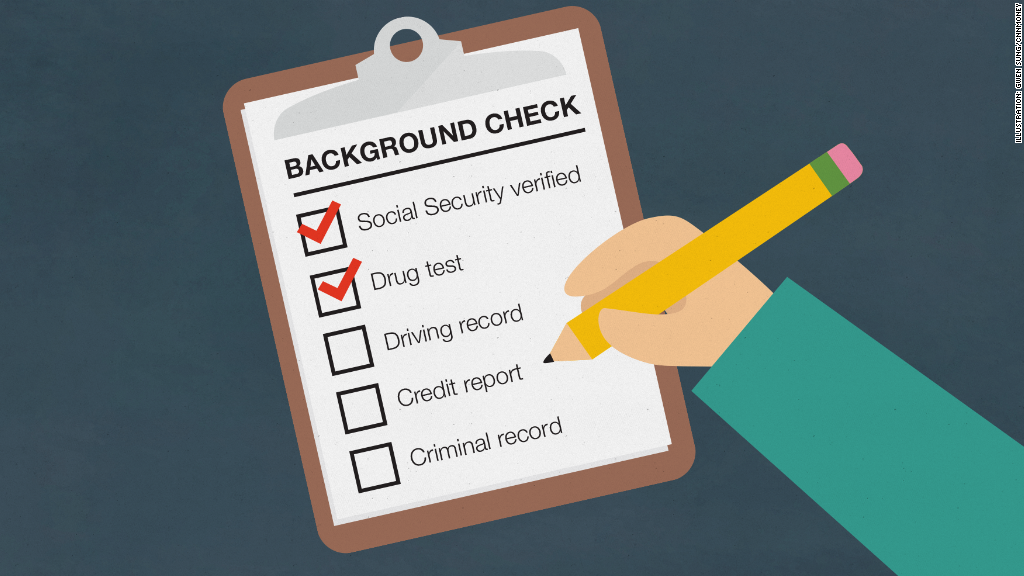In today’s digital age, remote teams have become increasingly common, offering businesses the flexibility to tap into a global talent pool and operate efficiently from different locations. This article will guide you through the best practices for managing remote teams that help businesses maintain productivity, foster collaboration, and ensure the well-being of employees.
Hiring and Onboarding Remote Employees
Following are the best practices for managing remote teams that are worth considering.
1. Recruiting Strategies
When building a remote team, it’s essential to employ effective recruiting strategies tailored to remote work. This may involve utilizing remote job boards, leveraging social media platforms, and conducting virtual interviews to assess candidates’ suitability for remote roles.
Related Readings
How To Hire The Right People For Your Business?
5 Mistakes HR Professionals Make with Recruitment
4 Reasons Why You Should Consider Using Temporary Staffing Solutions
25 Questions to Ask In an Interview
2. Onboarding Process
An effective onboarding process is key to integrating remote employees seamlessly into the team. Providing clear guidance on company policies, job expectations, and communication channels from the outset helps new hires feel supported and empowered to contribute effectively.
Related Reading
5 Best Ways to Support Employees’ Return to Office
Communication Tools and Strategies
These strategies can act as the best practices for managing remote teams to help you at a great level.
1. Importance of Effective Communication
Effective communication lies at the heart of successful remote teams. Employing the right communication tools and establishing clear guidelines for communication channels, response times, and meeting schedules are essential to keep remote teams connected and aligned. In addition, these home-based businesses and jobs can help you succeed in your life.
2. Choosing the Right Tools
With a plethora of communication tools available, selecting the most suitable ones for your team’s needs is crucial. Whether it’s instant messaging platforms, video conferencing software, or project management tools, choosing user-friendly and reliable tools can enhance collaboration and streamline workflows.
3. Setting Communication Guidelines
Establishing clear communication guidelines helps remote teams navigate the challenges of working across different time zones and schedules. Setting expectations regarding availability, response times, and preferred communication channels fosters transparency and minimizes misunderstandings.
4. Establishing Clear Expectations and Goals
Here are some best practices for managing remote teams that can help in creating clear expectations and goals.
5. Defining Roles and Responsibilities
Clarifying roles and responsibilities is essential for remote team members to understand their individual contributions to team goals. Clearly defining expectations, deadlines, and deliverables helps minimize ambiguity and promotes accountability within the team.
6. Setting Performance Metrics
Measuring performance metrics allows remote teams to track progress, identify areas for improvement, and celebrate achievements. Establishing SMART (Specific, Measurable, Achievable, Relevant, Time-bound) goals ensures clarity and alignment with organizational objectives.
Related Readings:
Team Building Activities for Remote Workers
Developing Emotional Intelligence in the Workplace
5 Conflict Resolution Exercises for Workplace
How to Improve Communication Skills in the Workplace
Encouraging Collaboration and Team Building
1. Virtual Team Building Activities
Building a sense of camaraderie among remote team members is crucial for fostering collaboration and maintaining morale. Virtual team-building activities such as online games, virtual coffee breaks, and team challenges help create a sense of belonging and strengthen interpersonal relationships.
2. Encouraging Peer-to-Peer Support
Promoting peer-to-peer support encourages knowledge-sharing, collaboration, and problem-solving within remote teams. Establishing mentorship programs, peer feedback mechanisms, and virtual communities facilitates continuous learning and development.
Managing Productivity and Accountability
1. Time Tracking and Project Management Tools
Remote teams benefit from using time tracking and project management tools to monitor progress, allocate resources, and track deadlines. These tools provide visibility into workflow processes, promote accountability, and help teams stay organized and productive.
2. Holding Regular Check-ins and Meetings
Regular check-ins and team meetings are essential for remote teams to stay connected, share updates, and address any challenges or concerns. Scheduled video calls, virtual stand-ups, and one-on-one meetings provide opportunities for collaboration, feedback, and alignment.
3. Setting Flexible Schedules
Offering flexibility in work schedules accommodates remote team members’ diverse needs and preferences. Allowing flexible start and end times, implementing compressed workweeks, and offering remote work options promote work-life balance and employee well-being.
4. Encouraging Time Off and Breaks
Encouraging remote team members to take regular breaks and time off helps prevent burnout and enhances productivity and job satisfaction. Promoting a culture that values work-life balance and emphasizes the importance of rest supports employee health and retention.
Related Readings
Increase Productivity in the Workplace with These 5 Tips
5 Leadership Development Activities at Workplace
Providing Ongoing Training and Development
Let’s explore the following best practices for managing remote teams through training and development.
1. Investing in Skill Development
Investing in remote team members’ skill development ensures they remain competent and adaptable in a rapidly changing work environment. Offering training programs, skill-building workshops, and access to online courses fosters continuous learning and professional growth.
2. Offering Remote Learning Opportunities
Providing remote learning opportunities enables team members to acquire new skills, enhance existing ones, and stay abreast of industry trends and best practices. Offering access to online resources, webinars, and virtual conferences empowers remote employees to invest in their personal and professional development.
3. Addressing Miscommunications
Miscommunications are inevitable in remote teams due to the lack of face-to-face interaction. Proactively addressing misunderstandings, clarifying expectations, and promoting open dialogue help prevent conflicts and foster a culture of trust and transparency. You can explore remote working jobs that suit you well.
4. Handling Performance Problems
Addressing performance problems promptly and constructively is essential for maintaining team effectiveness and morale. Providing timely feedback, setting realistic goals, and offering support and resources to struggling team members facilitate performance improvement and growth.
Conclusion
Effectively managing remote teams requires a combination of clear communication, robust processes, and supportive leadership. By implementing the best practices for managing remote teams outlined in this article, businesses can overcome the challenges of remote work and cultivate high-performing and engaged remote teams.



